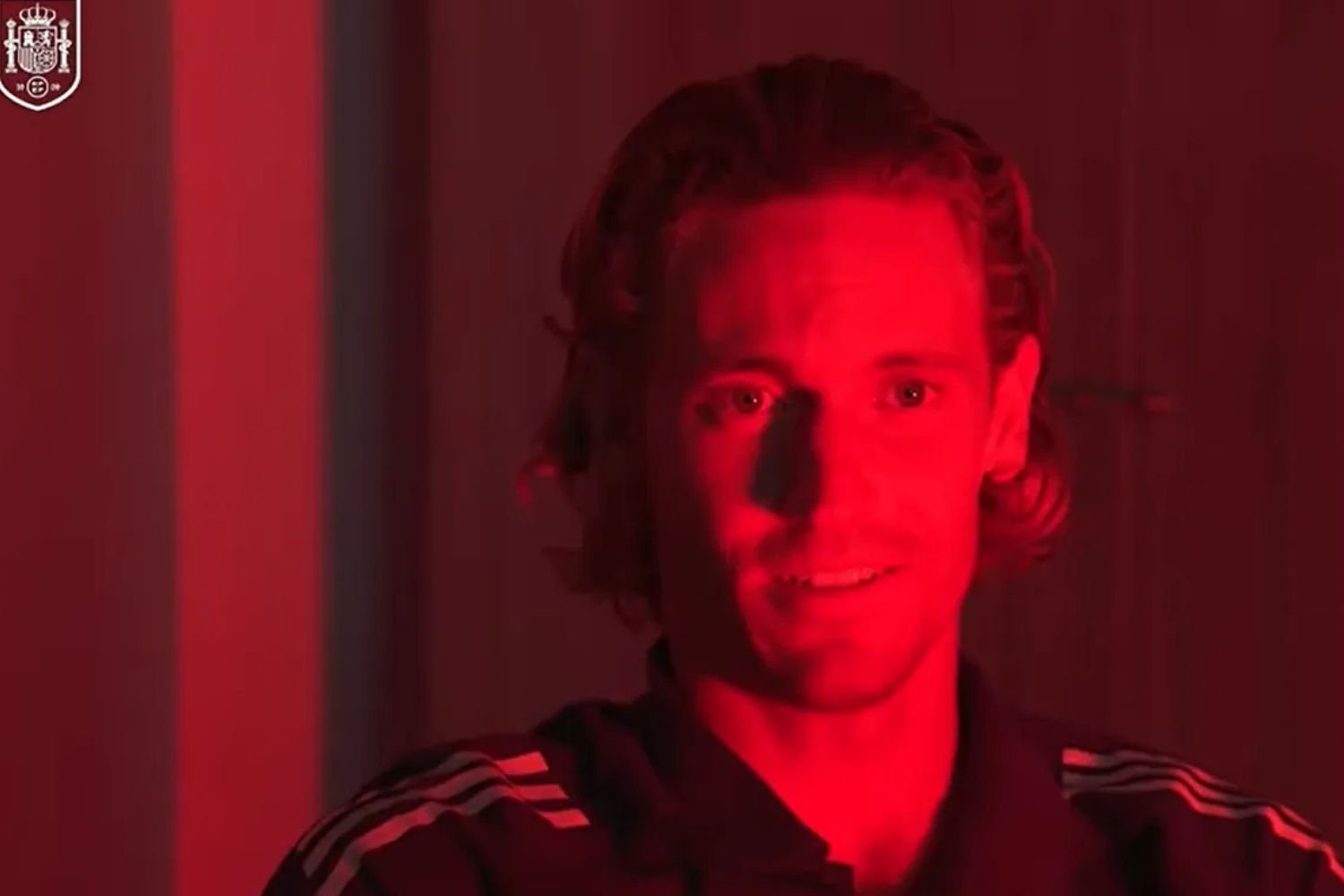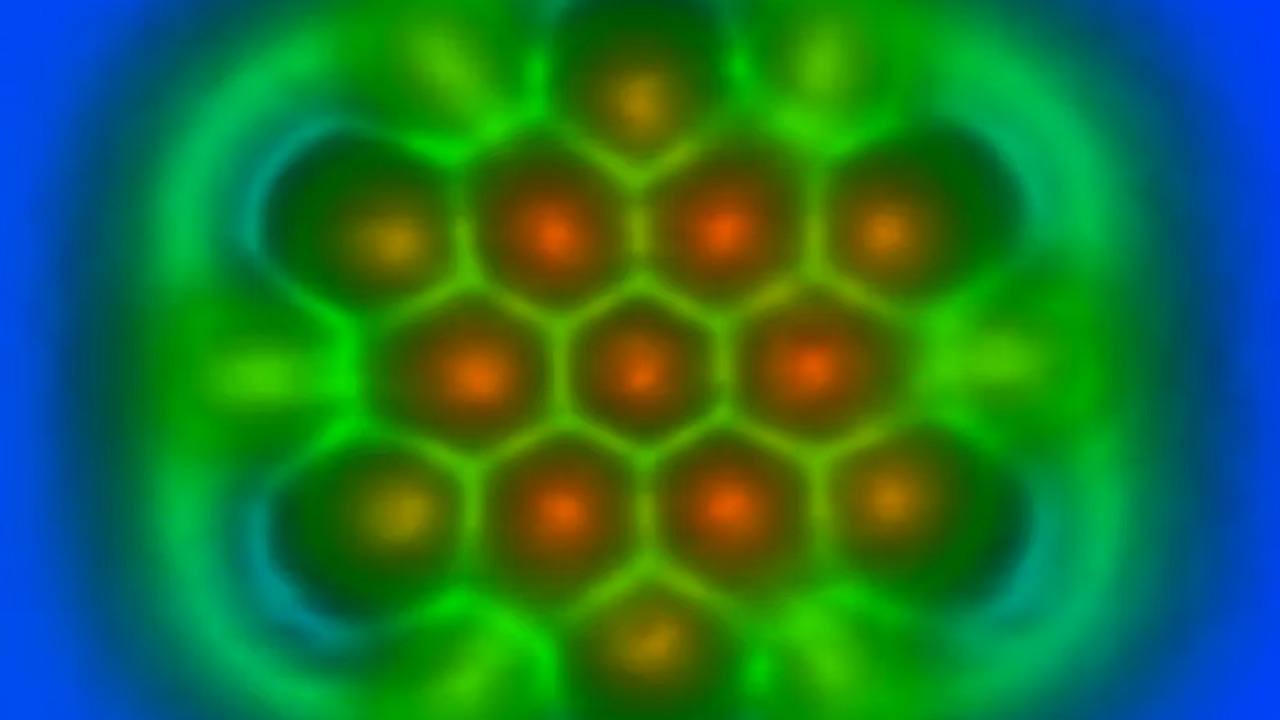Molecules are a group of atoms linked together. Almost everything around us is made up of molecules: skin, feces and much more. All molecules are of different sizes, but they are very small. To make it clearer: they are 100 thousand times smaller than the width of a hair.
The smallest molecule has two atoms stuck together, while the largest can have more than 100,000 atoms. Also, each molecule is unique.
Particles of matter from which an atom is made may have a positive, negative charge, or no charge at all. These substances are called protons, electrons and neutrons, respectively. Neutrons and protons are at the center of an atom and electrons surround them.
Scientists use special instruments to see molecules. One of them is X-ray. When they are directed to molecules, some of these molecules are reflected. Similarly, in 1912, for example, it was possible for the first time to see what a salt molecule, NaCl, looked like.
Another way is nuclear magnetic resonance. With this method, you can detect changes in the center of the atom and understand which atoms are nearby.
There is also an atomic force microscope. It allows you to see the arrangement of atoms in a molecule.
The cryoelectron microscopy method is as follows. Scientists first freeze the molecules (and at a temperature even lower than the temperature of ice or snow) and then “attract” electrons to those molecules, creating an image based on that.
Source: Ferra










